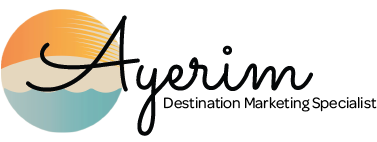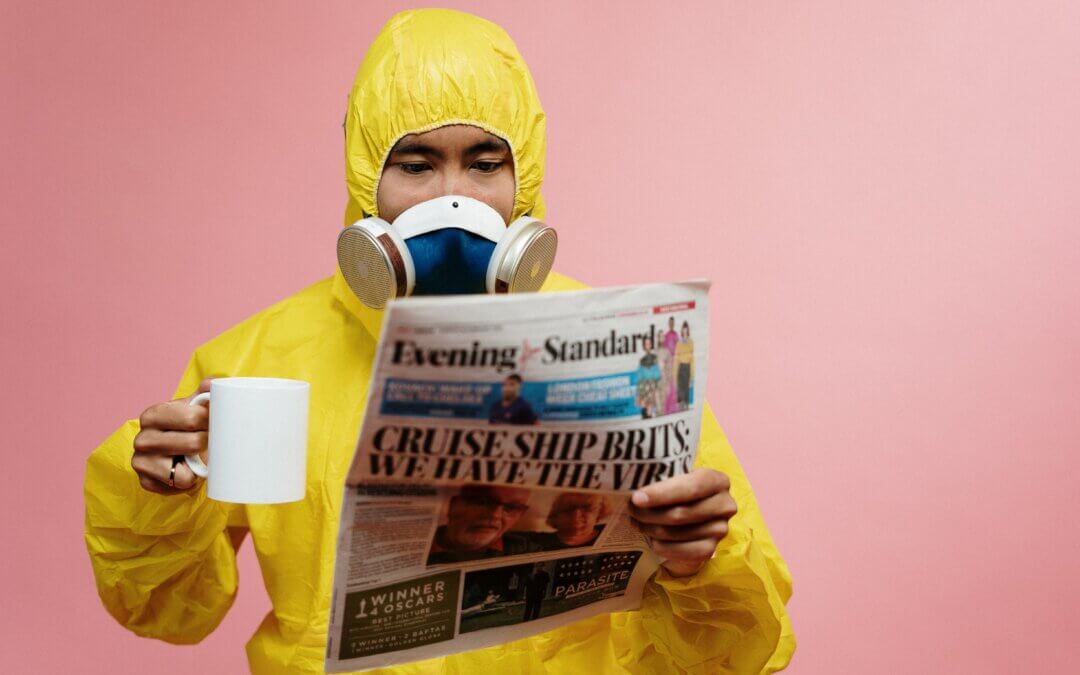A year into the Covid-19 Pandemic
This week marked one year since our lives as we knew change when the World Health Organization (W.H.O) declared a global pandemic on March 11th, 2020. Very quickly everyone across the world, (no matter what country you were in at the moment) was faced with consequences to deal with because of this announcement. Governments now quickly forced to make decisions for the wellbeing of their communities and citizens resulting in various mandated border shutdowns that forced the closing down of business, schools, and life as we knew it. The world came to a standstill. As people rushed out to get food and supplies within timeframes of mandated curfews life as we knew it was about to change.
Both a Public Health & Global Economic Crisis
The pandemic created two major crises, a public health crisis, and a global economic crisis. The pandemic disrupted lives and pushed hospital systems to their limits. Globally as of this writing, there have been over 121 million covid-19 cases, and sadly 1.68milion deaths. For the U.S alone a confirmed 6.5+ million cases and more than 195,000+ deaths. That’s three times more American lives lost than in the Vietnam war. Early on the cases concentrated along the northeast US, states like New York, New Jersey hit with covid-19 saw cases peaking in April in relation to the rest of the US combined. By August the rest of the US had all experienced their peaks of cases or the first wave of peaks as we have now come to know them. Over in Europe, one of the first regions hit last spring and was once declared by WHO as the epicenter of the pandemic, continues to struggle with a slow rollout of the vaccine and new cases surge leading to new restrictions and many regions going back to mandated lockdowns closing public places, restaurants, bars, as variant strains gain ground. In the U.S.A it’s been reported that 18% of people have been given their initial vaccine and that by May of 2021, every person in the US would be eligible to get vaccinated. Getting into a new normal way of life is very much dependent on the speed and effectiveness of the vaccine rollout. Based on the trajectory right now initial estimates say that Europe’s economy in terms of recovery is probably one year behind the U.S.A.
The State of the U.S Jobs
While the U.S economy is slowly improving, last spring as the world shut down, the US saw millions be laid off due to the coronavirus. A year later while the labor market has recovered somewhat, many American families continue to struggle financially. Half of all adults who say they lost a job due to the coronavirus are still unemployed. For those still employed, 60% are now earning less than before with Americans reporting having taken a pay cut anywhere from 10% to 40% or more in order to remain employed. A year later most workers who lost wages due to covid-19 are still earning less. So, while the economy has recovered it has not yet covered the offset of earlier job and earning losses. The U.S still has 10 million fewer jobs now than before the pandemic. While US unemployment numbers continue to drop, economists say that the economic recovery will take longer than expected. Most jobs that have made gains occurred in the healthcare and social assistance sectors while those in leisure and hospitality are slower in coming back and those within retail least likely to come back. The fact is that the coronavirus has permanently changed certain parts of the economy, like travel for example. While recovery has started, the pandemics’ effects to airlines, destinations, and smaller hotels and operators along the tourism service chain remain to be seen. According to a recent article published by cnbc.com, there is a higher and higher proportion of people who are permanently unemployed a year later. Economists are optimistic that while the economy will rebound and accelerate in 2021 its workers who are losing out as the recovery is also creating a weakness in the labor market going forward.
Your COVID-19 “Bubble”
Cleaning Standards, Social Distancing, Health & Safety
If you have been following all the guidelines since last spring to help limit the spread of the coronavirus chances are you have created somewhat of a “bubble” in order to have a trusted group of people that have agreed to abide by the same cleanliness and social distancing standards to keep everyone safe from the coronavirus. If anything, this pandemic has taught us that those we love matter more than we ever realized, and being healthy and safe is priority number one. Asking friends and/or others if they have an underlying condition that puts them at a higher risk while sensitive information, a necessary question to protect the ones we love. If your one of those that says no to the bubble and continue to live your life the same way before the pandemic, be respectful that others don’t think this way or may not yet be vaccinated. The new normal will demand a new standard in order to have the community “abide by the same rules”. The new normal way of life for many is setting ground rules in health and safety to ensure nobody gets the virus.
Different Country, Different Response, Different Results,
While millions of people lost their livelihoods around the world and the world economy fell into a recession, everyone’s eyes and ears were on government’s and leaders as countries around the world responded to the initial outbreaks. The response and results of the spread (or not) of the coronavirus in various countries can be linked back to how governments responded in the initial days of the pandemic. Those governments that had not wavered from their initial action by shutting down borders, strict curfews, and lockdowns initially saw fewer coronavirus cases and deaths such as Taiwan, South Korea, New Zeeland, Australia, even my island home Aruba. Sadly, the disjointed response from the Trump administration in the US resulting in the highest cases of deaths globally. As we have moved into different phases of the pandemic, now with waves of spikes in cases, policymakers have had to adjust their response to what has transpired on the ground in their communities. For the benefit of its citizens, some counties have provided a stipend or stimulus to those most severely affected while being forced to stay at home for their wellbeing and safety. The majority of countries have set up food distribution centers through nonprofits or schools to ensure food reaches those in need. Various governments have also issued new policies that would avoid those who rent or have mortgages unable to pay due to the pandemic risk of losing their homes. Collectively big and small efforts from government, non-profits, large corporations and small businesses have helped offset some of the hardships for those directly and indirectly affected because of the pandemic.
A Balancing Act: School at Home & Work from Home
When this all started, for many families learning to balance school and work from home meant needing to adjust make the changes at home quickly to adapt to a new way of life. From creating workspaces to setting weekday routines and getting creative on how to safely stay connected with family and friends for anyone, all of this took some getting used to. All of a sudden, the whole house was on zoom calls and parents everywhere were scrambling with their internet broadband or trying to figuring out their technology needs in order to keep everyone connected for work or school. In my perspective, no matter the age, the experience of going to school during this pandemic has been a hardship on every parent and child (ren) no matter if they were online all the time or have partially gone back to school at some point. The limited interaction with teachers, school staff, and other children has taken its many negative effects. It really does take a village! The primary responsibility of parents who are now trying to work from home with school-aged children and also now trying to manage to homeschool. While school districts and teachers worked on how to navigate teaching, parents I spoke with couldn’t keep up with the amount of new daily emails to review just keeping up homeschooling. As time went on the realization also set in that many milestone school moments were going to be missed the longer we stay in a pandemic and this form of schooling continued. From field trips, graduations, proms, pep rallies, participation in sports and so much more. The levels of increases stress on parents and children during this time have been plenty.
In our household, the motto has been everyone deserves a break and the fact is that none of us, government officials, presidents, mom, dads, teachers, students, child have ever experienced a pandemic before. Where all doing the best we can, remember that when speaking with a teacher, boss, any other person. Everyone is having a different experience with the pandemic and everyone in some way has had to deal with a type of loss. Be a nice human and do your best to manage realistic expectations given the circumstances. You seriously have no idea what other people are dealing with in their personal life so be nice. Were all doing the best we can.
What has your pandemic experience been like?
Until next Time ~ Ayri
To Learn More About Me click around, check out my Tourism & Lifestyle Blog.
Want to chat, send me a note and I’ll happily circle back.



Recent Comments